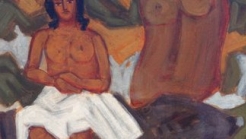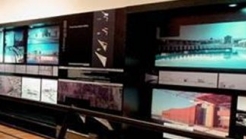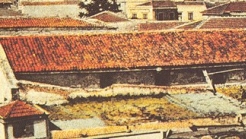

Greece
Maritime Museum of Crete is located at the entrance to the historic fortress Firkas. It was founded in 1973 with the purpose of housing and the preservation of our maritime traditions and in particular of Crete, the view of our maritime history, as well as the cultivation of love toward the marine e
The N. M. K. is the 2ND Naval Museum in Greece in terms of both age and capacity. The permanent exhibition includes 2,500 exhibits as relics, objects that were recovered from the seabed, paintings paintings, maps, photographic material, mock-ups ships, various nautical instruments, etc. divided into sections, chronologically covering the periods from the bronze age up to the present. In addition there is a report of the marine environment with a rich collection shells from various parts of the world.
A great vision of the Maritime Museum of Crete was implemented with the phantom construction Minoan boat, based research program experimental archeology, using genuine materials, tools and procedures with regard to the age( 15th century B.C. ). Thus, the Maritime Museum of Crete cooperated with the Research Institute Ancient shipbuilding and Technology “NAVDOMOS”, which took over the investigation and the address of the program.
Important step development of maritime Museum, is the recent concession by the HP.ΠΟ. , one of the Venetian Neoria beau-tiful in the Venetian port of Chania, on the establishment of a standing Report Ancient and traditional shipbuilding.
The educational programs, tailored to the needs and potential of each age, directed to children in primary education and nursery age and to children with special needs. Their purpose is to teach, by encouraging the imagination, sensitivity and concern for children with emphasis on individual participation, and teamwork.


Aims to be a welcoming place for every citizen , a concentration and fruitful conciliation creators, of art lovers and friends, designated development spirit of solidarity, cooperation and solidarity, but also intellectual and aesthetic cultivation, training and entertainment.


The Chania public gallery is housed in a three storey building.The aim of the PGC is to actively contribute to the culturam vision of the Municipality of Chania, which, having the existence and operation of the Public Gallery.


The katholikon of St. Francis monastery was one of the greatest temples of Venetian Candia. When Candia fell to the Turks in 1669, the temple was converted into an imperial mosque dedicated to Muhammad the Conqueror, the conqueror of Constantinople.
1039 Ε 6061 01515 00